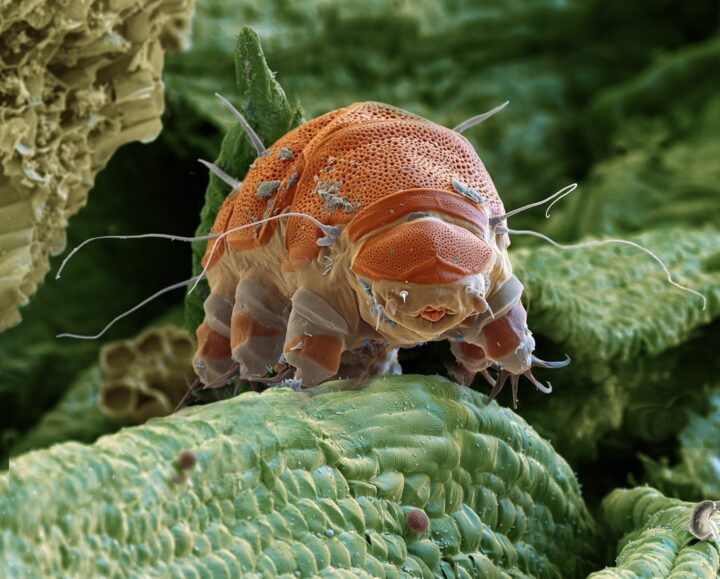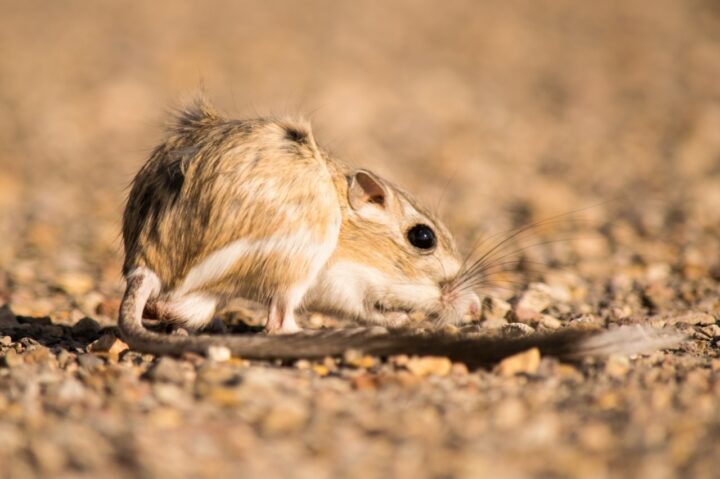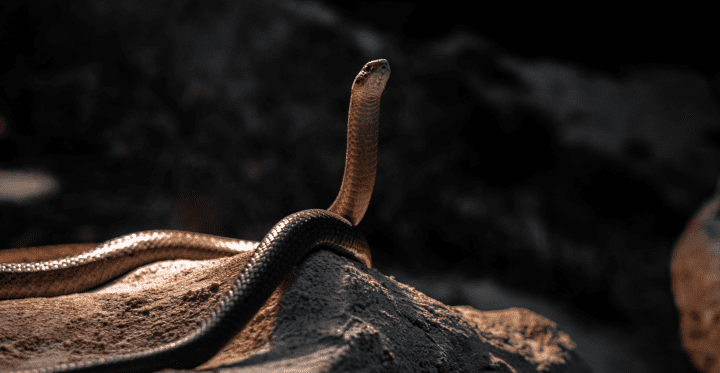The shoot of the mescal cactus adapts to seasonal water availability via dehydration-induced shrinking below the desert floor, and hydration-induced swelling to reemerge after rainfall.
“He refers to the impressive of the mescal cactus Lophophora williamsii, which converts the dehydration-induced shrinking during the beginning of the dry season to reduce the shoot length and submerge below the desert floor. After just one seasonal rainfall the hydrating shoot reemerges by pushing the photosynthesizing apex out of its soil cover into the light and open air.” (Bar-Cohen 2006:489)
Here’s another species:
“We investigated how the ‘living rock’ cactus Ariocarpus fissuratus, like other low-growing desert plants, can endure potentially lethal high temperatures at the soil surface. Specifically, we examined how shoot descent by root contraction in the presence or absence of soil rocks influences shoot temperatures and transpiration…Plants embedded in rocky soil survived an extreme heat episode, unlike plants in sandy soil, though rocks did not moderate low temperatures. Root contraction occurred regardless of season and soil moisture. Xylem conduits (wide-band tracheids) formed a compressible lattice that decreased root length as rays enlarged the root base radially. Plant position in the soil did not affect transpiration…Contractile roots pulled plants of A. fissuratus into the soil at rates of 6 – 30 mm [per year]. Maintaining shoots level with the soil surface kept plant temperatures below the high lethal temperature and improved survivorship in soil shaded by surface rocks.” (Garrett et al. 2010:1951)








